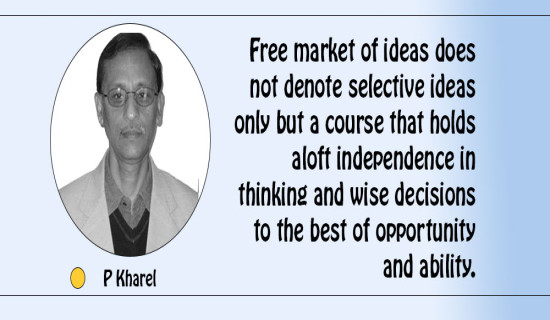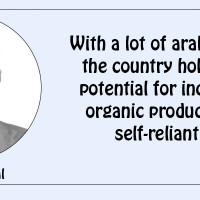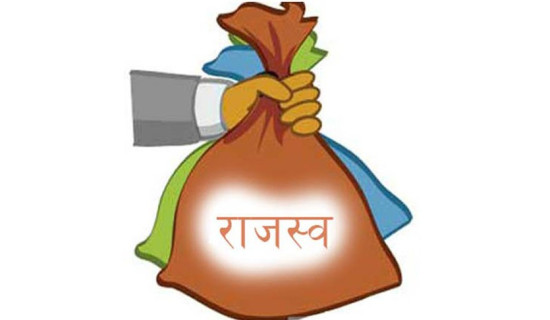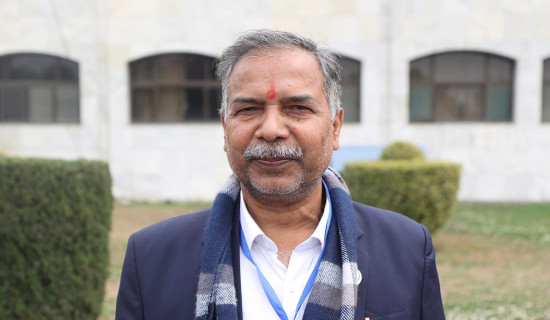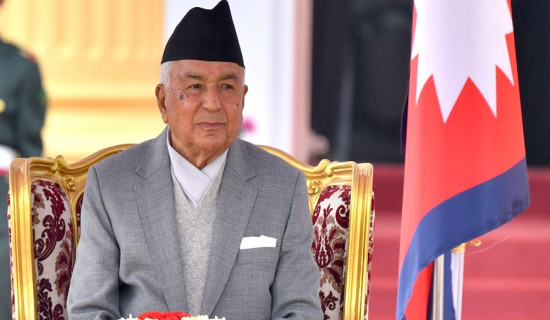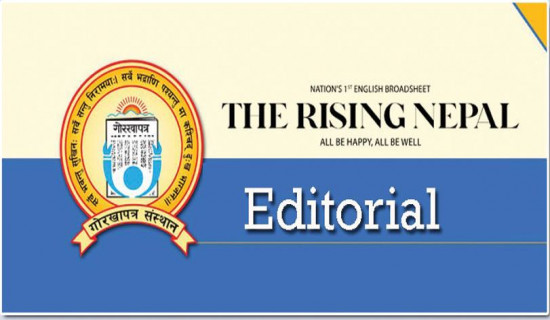- Monday, 20 October 2025
Fight Counterfeit Medicines
Imagine the scenario in which a patient takes a medication for a life-threatening illness, only to become aware later that the drug is counterfeit. This misfortune may have occurred with hundreds of thousands of people worldwide and continues to happen throughout the globe. It has been estimated that 1 in 10 medical products in low- and middle-income countries is substandard or counterfeit (WHO, 2018).
Counterfeit medications are those that contain no active pharmaceutical ingredient, an incorrect amount of active ingredient, a substandard drug, a wrong active ingredient, contaminants, or repackaged expired products. And some counterfeit medications may even have been incorrectly formulated and produced in inferior manufacturing standards.
Problem
The World Health Organisation (WHO, 1999) has estimated that 10 per cent of global pharmaceutical commerce, or $21 billion worth of medical products are counterfeit drugs. Developing countries of the Western Pacific (China, the Philippines, and Vietnam) reported nearly one-half of the documented cases of drug counterfeiting followed by developing countries of Africa, with 18.7 per cent. Even the industrialised countries from Europe reported 13.6 per cent of cases. An estimated one per cent of counterfeit medications are sold in the United States and sadly the numbers are increasing annually. What was once considered a problem limited to developing and low-income countries has now become an issue for all countries around the world.
Substandard and falsified medical products are found from all main therapeutic categories of medicines, vaccines and in vitro diagnostics. Anti-malarial and antibiotics are amongst the most commonly reported substandard and falsified medical products particularly from Africa. Both generic and innovator medicines are falsified, ranging from very expensive products for cancer chemotherapy to very inexpensive products for treatment of pain.
It has been found that high-demand, expensive medications such as various chemotherapeutic drugs, antibiotics, vaccines, erectile dysfunction drugs, weight loss aids, hormones, analgesics, steroids, antihistamines, antivirals, and antianxiety drugs are common counterfeiting targets. Dosage forms for oral administration such as tablets, syrup, and capsules are the most commonly counterfeited (77 per cent), as opposed to injectable formulations (17 per cent). This may be due to sophistication of injectable manufacturing.
Rapid expansion of the Internet access coupled with new methods of manufacturing and distributing illegal pharmaceuticals have created new challenges to safeguarding public health and sustaining legitimate supply chain of quality medicines. In recent times, increasing number of websites openly sell unapproved and/or counterfeit drugs, as well as prescription drugs without requiring a valid prescription, all in the violation of existing laws.
Involvement in counterfeiting drugs is not only a punishable crime against humanity, but it has become a major public health problem worldwide. Patients experience a variety of problems from the use of counterfeit drugs. Counterfeit drugs often contain the correct ingredients in wrong amount. However, they may also contain either a wrong active ingredient which may even be toxic or oftentimes, no active substance at all. Treatment with ineffective counterfeit drugs such as antibiotics can lead to the emergence of resistant organisms and ultimately have a deleterious effect on a wider section of the population. Oftentimes, counterfeit drugs may even cause death.
Counterfeit medicines can affect consumers in many ways. It can cause adverse effects from incorrect active ingredients. Those drugs fail to cure or prevent disease, thereby increasing mortality, morbidity and the prevalence of disease. This may result in the loss of confidence of general public in health care professionals, and health systems. The use of counterfeit medicines increases out-of-pocket and health system spending on health care services. Lastly, use of counterfeit medicines result into lost income due to prolonged illness or even death. Lost productivity costs to patients and households are enormous when they need additional medical care.
Besides direct effects on consumers, the impacts of counterfeits on legitimate producers are multiple and include lost sales, loss of reputation and expenses to judiciary. It has been found that unlike other consumer products, medicines are not associated with social status or prestige. As a result, consumers are more prone to use low-cost counterfeit alternatives, believing or hoping that they are as effective as the often more expensive genuine options.
Legislation
Counterfeits are a global problem, thus need coordinated international cooperation and commitment. Every country and every company must also take responsibility to protect health of consumers. Pharmacists are entrusted with a vital role in ensuring the safety of medications used by their patients. Furthermore, they are responsible for maintaining legal integrity of the supply chain from manufacturer to distributor and, ultimately, to the patient. Consumers should also be informed about the extent of counterfeit drugs and the harm they cause to their health.
There are many interventions developed to combat the problem of drug counterfeiting. These include legal actions and regulations on illicit traders, countermeasures using digital technologies, consumer education and cooperation with law enforcement agencies. Therefore, greater cooperation between different stakeholders including governments, health professionals, regulatory authorities, police, customs services and the judiciary is very important in combatting the counterfeit market and enforcing legislation. In countering the problem, governments should promulgate appropriate legislations that form the basis for greater regulation and can allow for proper control of medicines.
(Dr. Lohani is the clinical director at the Nepal Drug and Poison Information Centre. lohanis@gmail.com)



